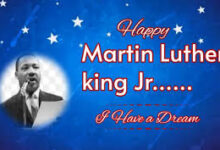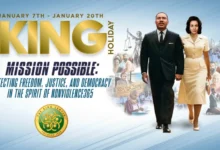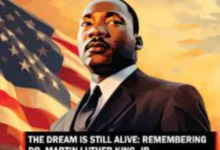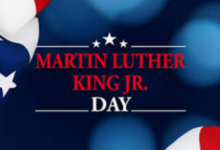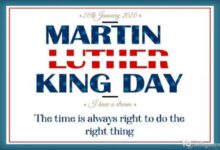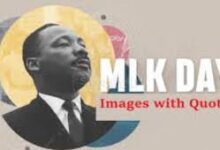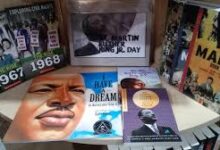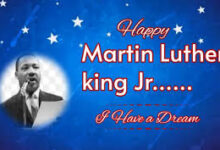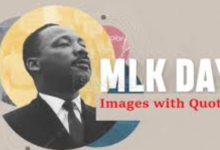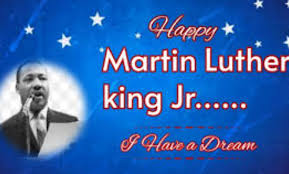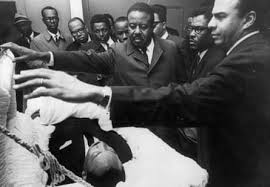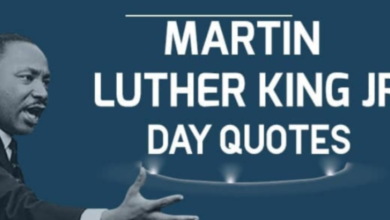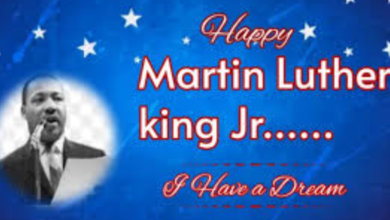I have a dream speech text copy and paste
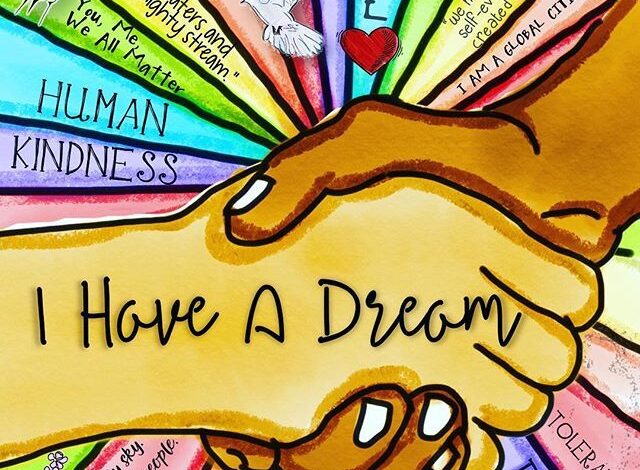
Dr. Martin Luther King Jr.’s “I Have a Dream” speech remains one of the most significant and moving orations in the history of the United States. Delivered on August 28, 1963, during the March on Washington for Jobs and Freedom, the speech represented not just a call for racial equality but also a hopeful vision for America’s future. Decades later, the speech continues to inspire movements for justice and equality around the globe.
This blog post explores the text of “I Have a Dream,” analyzing its themes, structure, and enduring relevance. By understanding the power of its language and message, we can appreciate why it still resonates with millions today.
Context Behind the Speech
Before analyzing the speech itself, it’s crucial to consider the historical backdrop. The 1960s were a time of deep societal division in the United States. Systemic racism, institutionalized segregation, and widespread inequality were harsh realities for African Americans. The civil rights movement emerged as a response to these injustices, with leaders like Dr. King calling for nonviolent protest and meaningful legislative change.
The March on Washington, where Dr. King gave his speech, had around 250,000 peaceful protesters gather at the Lincoln Memorial. This march aimed to push for freedom and job equality, and the timing of the speech—as well as its location—was deeply symbolic. Standing on the steps of the Lincoln Memorial, Dr. King invoked the legacy of Abraham Lincoln, whose leadership during the Civil War led to the abolition of slavery. This context enriched the speech’s significance and amplified its message.
Analyzing “I Have a Dream”
Dr. King’s speech is a masterclass in rhetoric, combining emotional appeal, vivid imagery, and compelling structure to create a momentous and unforgettable call to action. Below is a breakdown of its critical elements.
Key Themes in the Speech
1. The American Dream
A recurring theme in “I Have a Dream” is the ideal of the American Dream—liberty and justice for all. By grounding his argument in the Declaration of Independence and the Constitution, Dr. King reclaims these foundational texts to emphasize that equality is a promise not yet fulfilled for African Americans.
Quotes like “I have a dream that one day this nation will rise up and live out the true meaning of its creed: ‘We hold these truths to be self-evident, that all men are created equal’” directly connect the dreams of the civil rights movement to America’s founding principles.
2. Justice and Equality
Dr. King outlines a clear demand for the end of systemic racism and segregation, both socially and legally. He highlights the failures of legislation to deliver justice to African Americans, clarifying the urgency of his message with lines like, “This is no time to engage in the luxury of cooling off or to take the tranquilizing drug of gradualism.”
3. Hope and Optimism
Despite addressing the grim realities of racial discrimination, the speech radiates optimism. The repeated refrain of “I have a dream” paints vivid pictures of a better tomorrow—where children of all races can sit at tables of brotherhood and where character, not skin color, defines a person’s worth. This hope gave the speech its power, rallying supporters to believe change was possible.
The Power of Repetition and Rhythm
A standout feature of Dr. King’s speech is his use of repetition to drive momentum. Phrases like “I have a dream” and “Now is the time” act as rhythmic anchors, underscoring his message and making it more memorable. This technique, combined with his commanding delivery, turned key points into rallying cries that energized the crowd.
For example:
- “I have a dream that one day every valley shall be exalted, every hill and mountain shall be made low…” uses poetic imagery to emphasize a vision of unity.
- “With this faith, we will be able to hew out of the mountain of despair a stone of hope” ties abstract concepts to vivid, relatable metaphors.
Evocative Imagery
Dr. King’s imagery evokes both the struggles of African Americans and their hope for freedom. Consider his description of segregation as a “dark and desolate valley,” contrasting with the “sunlit path of racial justice.” These visual elements give the audience something tangible to hold onto, making the abstract idea of equality more relatable and stirring.
Historic and Religious References
The speech is steeped in references to history, religion, and culture. Phrases like “Five score years ago” refer to Lincoln’s Gettysburg Address, while the biblical allusion to “every valley shall be exalted” appeals to shared religious values, uniting diverse listeners.
Dr. King also draws upon the Negro spiritual “Free at last” in the closing refrain, linking his message to the legacy of African American resilience and struggle.
The Legacy of “I Have a Dream”
Over 60 years later, the “I Have a Dream” speech continues to resonate. It not only symbolized the civil rights movement but also served as a benchmark for evaluating social progress. Dr. King’s dream has inspired movements worldwide, from anti-apartheid activists in South Africa to proponents of racial justice today.
Impact on Policies
Dr. King’s speech, combined with sustained activism from the civil rights movement, led to landmark legislation such as the Civil Rights Act of 1964 and the Voting Rights Act of 1965. These laws outlawed discrimination and formed the foundation for broader equality movements in America.
Inspiration for Modern Activism
The speech remains an essential tool for inspiring activists. Lines like “the fierce urgency of now” remind us that the fight for equality requires immediate action—not just reflection.
“I Have a Dream” in Popular Culture
The speech has been referenced countless times in music, films, literature, and art. Its message of hope and equality transcends time and cultural barriers, reminding us of the universal desire for dignity and justice.

